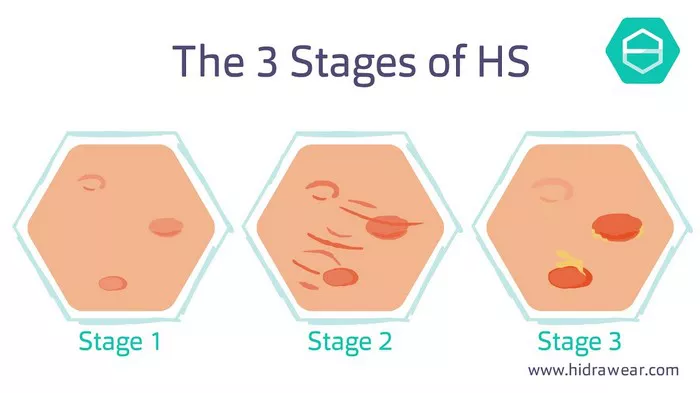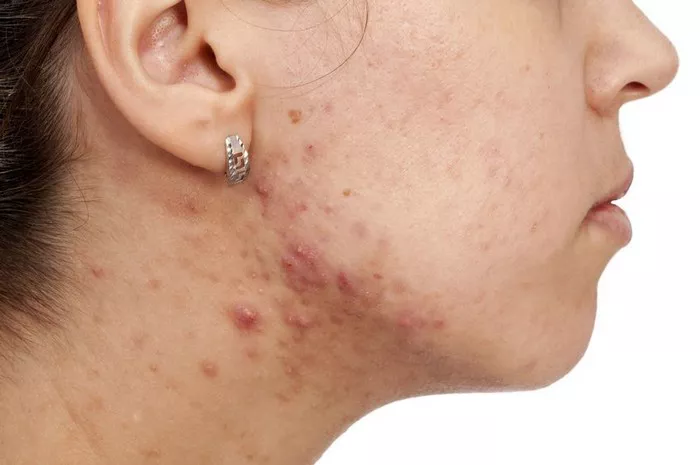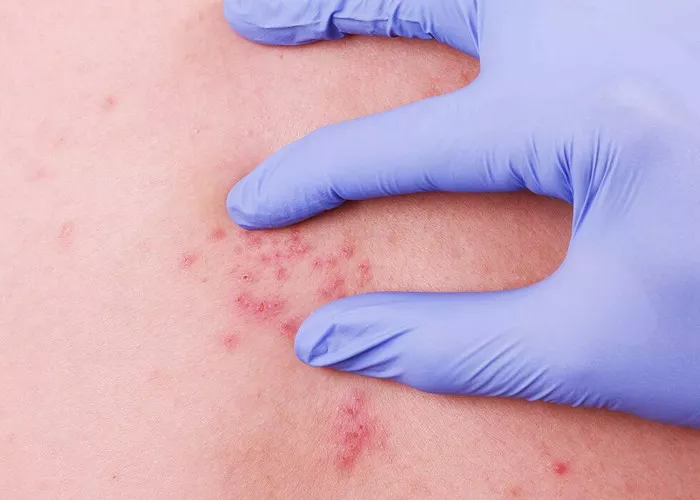Hidradenitis Suppurativa (HS) is a chronic skin condition that can significantly impact the quality of life for those affected. Characterized by painful, inflamed bumps or nodules, often found in areas with hair follicles such as the armpits, groin, and under the breasts, HS is more than just a skin condition—it’s a complex disease that can progress through various stages if left untreated. In this article, we will explore the three stages of HS, providing insight into how the condition evolves, its symptoms at each stage, and the importance of early diagnosis and management.
SEE ALSO: Is There a Cure for HS?
What is Hidradenitis Suppurativa (HS)?
Hidradenitis Suppurativa is a chronic inflammatory skin condition that occurs in areas of the body where skin rubs together, such as the armpits, groin, buttocks, and under the breasts. The condition begins with small, tender bumps that resemble pimples or boils but can progress to larger, more painful nodules and abscesses. These lesions often rupture, leading to the formation of tunnels under the skin, known as sinus tracts, which can cause significant scarring and disfigurement over time.
The exact cause of HS is not fully understood, but it is believed to be related to inflammation of the hair follicles and sweat glands. While it is not an infection, the condition can lead to secondary bacterial infections. HS is known to be more common in women than men and typically starts after puberty, often worsening over time if not properly managed.
Stage 1: Mild Hidradenitis Suppurativa
The first stage of HS is often referred to as mild HS. During this stage, the symptoms are typically less severe, and many people may not even realize they have HS. The characteristic symptoms of Stage 1 HS include:
Small, Tender Bumps or Nodules: In the initial phase of HS, individuals often develop small, pea-sized bumps under the skin. These bumps are usually tender to the touch and may be mistaken for simple pimples or ingrown hairs.
Possible Pus-Filled Bumps (Abscesses): Some of the bumps may become pus-filled, leading to the formation of abscesses. These abscesses can be painful and may eventually rupture, releasing fluid and pus.
Minimal Scarring: At this stage, scarring is usually minimal or absent. The skin may heal relatively well after the bumps resolve, leaving little to no trace of the lesion.
Stage 1 HS can sometimes resolve on its own or with minimal treatment. Topical treatments such as antibiotics or anti-inflammatory medications may be sufficient to manage symptoms and prevent progression to more severe stages. However, without proper care, HS can advance to Stage 2.
Stage 2: Moderate Hidradenitis Suppurativa
Stage 2 represents a progression from the milder form of HS. During this stage, the condition becomes more persistent, with larger and more frequent lesions. The symptoms of Stage 2 HS include:
Larger and More Frequent Nodules or Abscesses: The bumps or nodules become larger, more painful, and more frequent. These lesions are often deeper under the skin and take longer to heal than those in Stage 1.
Formation of Sinus Tracts: One of the defining features of Stage 2 HS is the development of sinus tracts. These are tunnels that form beneath the skin, connecting different lesions. Sinus tracts can cause persistent drainage of fluid, leading to discomfort and difficulty in healing.
More Significant Scarring: As the condition progresses, scarring becomes more prominent. The repeated formation and rupture of abscesses and the presence of sinus tracts lead to the development of thick, raised scars, which can be disfiguring.
Stage 2 HS typically requires more intensive treatment to manage symptoms and prevent further progression. Treatment options may include oral antibiotics, corticosteroids, and biologic therapies that target the underlying inflammation. In some cases, surgical intervention may be necessary to remove sinus tracts or abscesses that do not respond to other treatments.
Stage 3: Severe Hidradenitis Suppurativa
Stage 3 HS is the most severe form of the condition and can be debilitating for those affected. During this stage, the disease is widespread, with extensive skin involvement and significant complications. The symptoms of Stage 3 HS include:
Extensive Nodules and Abscesses: The nodules and abscesses in Stage 3 are widespread and often involve multiple areas of the body. The lesions are large, deep, and extremely painful, making it difficult to perform daily activities.
Numerous Connecting Sinus Tracts: Sinus tracts are more numerous and interconnected in Stage 3, leading to continuous drainage of fluid and a higher risk of secondary infections. These tracts can form complex networks beneath the skin, causing significant pain and discomfort.
Significant Scarring and Skin Deformities: The scarring in Stage 3 is severe and can lead to skin deformities. The affected areas may become thickened, hardened, and discolored, with visible scarring that can impact both physical appearance and mobility.
Stage 3 HS requires aggressive treatment to manage pain, reduce inflammation, and prevent complications. Treatment options may include a combination of biologic therapies, systemic medications, and surgical interventions. In some cases, long-term management may involve lifestyle modifications, such as weight management and smoking cessation, to reduce the risk of flare-ups.
Important Considerations
Stage Variation: It is important to note that HS can vary in severity and progression from person to person. Some individuals may remain in Stage 1 for many years, while others may progress more rapidly to Stage 2 or 3. Early diagnosis and treatment are key to managing the condition and preventing progression.
No Universal Staging System: While the three-stage system is commonly used to describe the progression of HS, there is no universally accepted staging system for the condition. Different healthcare providers may use different criteria to assess the severity of HS and determine the most appropriate treatment plan.
Professional Diagnosis: If you suspect you have HS or are experiencing symptoms such as painful nodules, abscesses, or scarring in areas where skin rubs together, it is essential to consult with a dermatologist or other healthcare professional. A proper diagnosis and treatment plan can help manage symptoms, prevent complications, and improve your quality of life.
Conclusion
Hidradenitis Suppurativa is a chronic skin condition that can progress through three stages, each with increasing severity and potential complications. Understanding the symptoms and progression of HS is crucial for early diagnosis and effective management. While Stage 1 HS may resolve with minimal treatment, Stage 2 and Stage 3 require more intensive interventions to control symptoms and prevent further damage to the skin. If you are experiencing symptoms of HS, it is important to seek professional medical advice to determine the best course of action for your specific condition. With proper care and management, individuals with HS can achieve better outcomes and maintain a higher quality of life.
Related Topics:


























